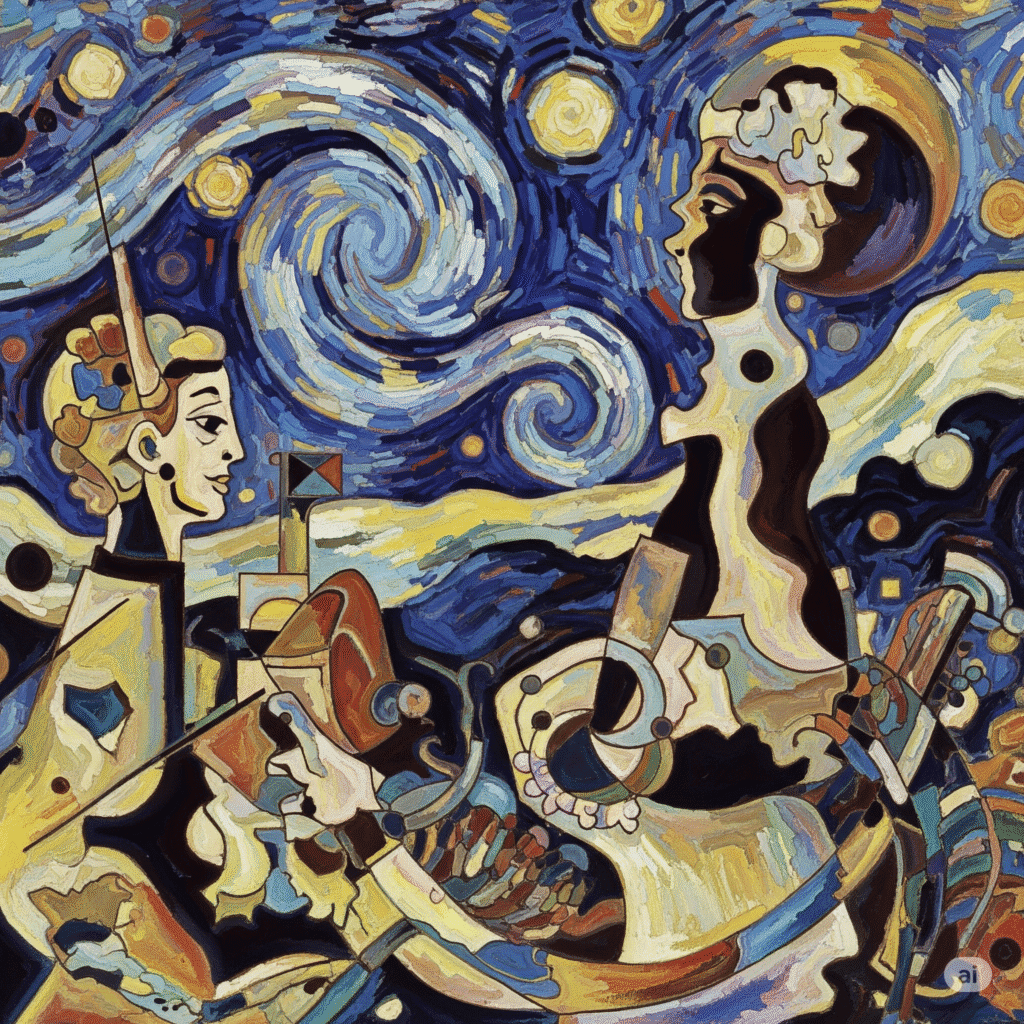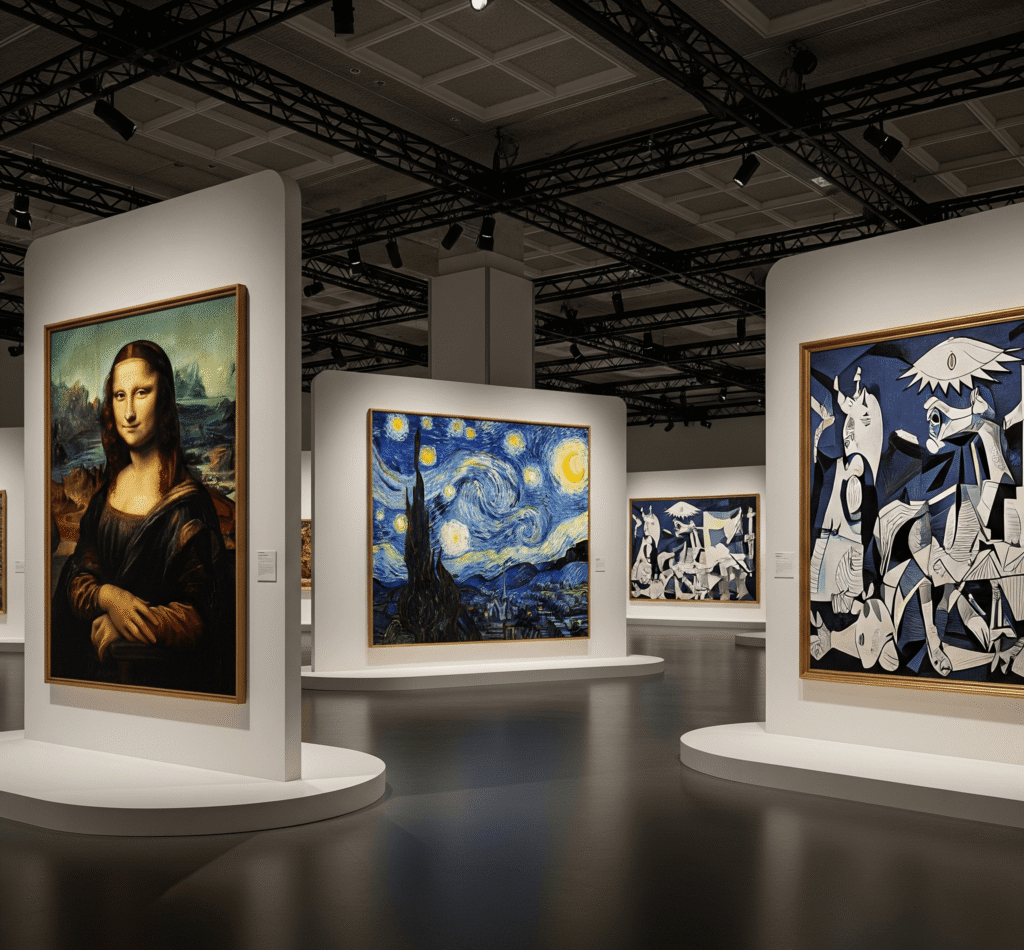The History of Impressionism and Its Legacy
Introduction: The Birth of a Revolutionary Movement
The History of Impressionism is one of rebellion, innovation, and transformation. Emerging in the late 19th century, this art movement marked a departure from traditional academic painting and laid the foundation for modern art. Impressionism redefined how art was created and perceived, emphasizing the fleeting effects of light, vibrant color palettes, and everyday subjects over historical or mythological themes. This movement not only revolutionized Western art but also inspired generations of artists across the globe.
Understanding the History of Impressionism and Its Legacy provides a window into how radical ideas can shift cultural paradigms and influence global aesthetics even over a century later.
The Artistic Climate Before Impressionism
Before Impressionism, European painting—especially in France—was dominated by Academic art. Institutions like the Académie des Beaux-Arts enforced rigid standards that prioritized historical, religious, and mythological themes rendered with meticulous detail. Artists like Jean-Léon Gérôme and William-Adolphe Bouguereau exemplified the polished, realistic styles celebrated by the academies.
Exhibiting at the prestigious Salon de Paris was essential for success, and the jury’s standards stifled artistic freedom. Paintings were expected to be carefully composed, finished with fine brushwork, and devoid of visible emotion or spontaneity.

The Emergence of the Impressionists
The breakaway began with a group of artists who grew increasingly frustrated with academic conventions. Painters like Claude Monet, Pierre-Auguste Renoir, Edgar Degas, Camille Pissarro, and Berthe Morisot rejected the rules and sought new ways of seeing and expressing the world.
They began to paint en plein air (outdoors), using loose brushstrokes, bright colors, and an emphasis on capturing the momentary effects of light and atmosphere. Their work focused on modern life—scenes from cafes, gardens, streets, and countryside—not grandiose narratives.
The term “Impressionism” was coined somewhat mockingly after Monet’s Impression, Sunrise (Impression, Soleil Levant) was exhibited in 1874. Critics derided it as unfinished, like a sketch. But the name stuck—and so did the movement.
Core Techniques and Characteristics of Impressionism
What made Impressionism so unique at the time were its stylistic innovations. These included:
- Visible, loose brushwork to suggest form rather than define it.
- Light and color studies, especially how natural light changes objects’ appearance.
- Optical mixing, placing colors side by side for the viewer’s eye to blend them.
- Modern subject matter, focusing on ordinary life rather than allegorical or historical scenes.
- Unusual angles and framing, inspired by photography and Japanese prints.
The Impressionists often worked quickly to capture the transience of a moment. Rather than blending every detail, they let their process remain visible—a bold move in an era obsessed with technical perfection.
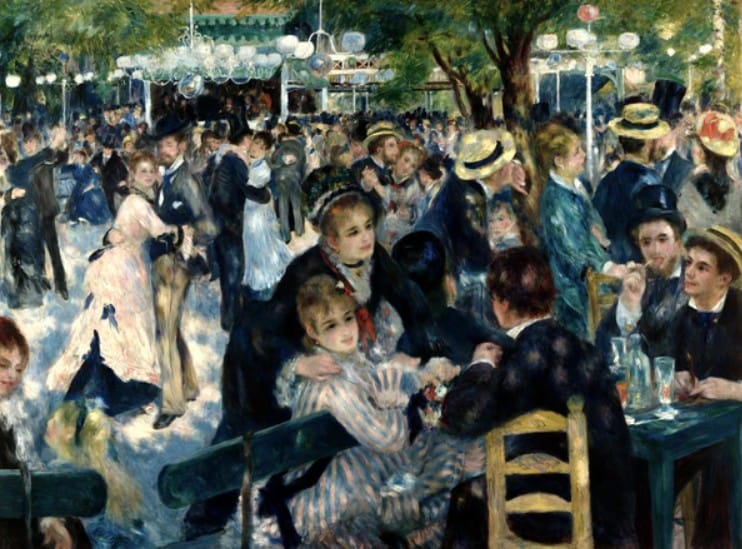
Reception and Rejection
When the first Impressionist Exhibition was held in 1874 (organized independently of the Salon), it was met with confusion and ridicule. Critics found the paintings amateurish and sloppy. Yet, the movement slowly gained traction among progressive collectors and critics.
Artists continued to organize independent exhibitions, attracting attention and stimulating discussion. Over time, public taste began to shift. By the late 1880s, some Impressionists were receiving critical acclaim and market success.
Key Artists of the Impressionist Movement
- Claude Monet: Often considered the face of Impressionism, Monet’s focus on light and atmosphere led to series like Water Lilies and Haystacks, where the same subject was painted under varying conditions.
- Pierre-Auguste Renoir: Known for his luminous nudes and joyful depictions of social gatherings, Renoir brought a human warmth to Impressionism.
- Edgar Degas: Degas took a more structured approach, often focusing on movement, particularly in ballet dancers. His use of unusual perspectives showed his admiration for photography and Japanese art.
- Camille Pissarro: A guiding force in the group, Pissarro bridged Impressionism and Post-Impressionism, mentoring Cézanne and Gauguin.
- Berthe Morisot and Mary Cassatt: These pioneering women played key roles in the movement, bringing intimate, feminine perspectives into a male-dominated art world.

The Transition to Post-Impressionism
By the 1880s, some artists began to diverge from Impressionist ideals. Post-Impressionists like Paul Cézanne, Vincent van Gogh, Paul Gauguin, and Georges Seurat built upon the foundation of Impressionism but aimed for more structure, symbolism, and abstraction.
Cézanne sought to reduce nature to geometric forms. Van Gogh emphasized emotional resonance over natural realism. Seurat developed Pointillism, using tiny dots of color to form entire scenes. These explorations ultimately led to the birth of modern art movements such as Fauvism, Cubism, and Expressionism.
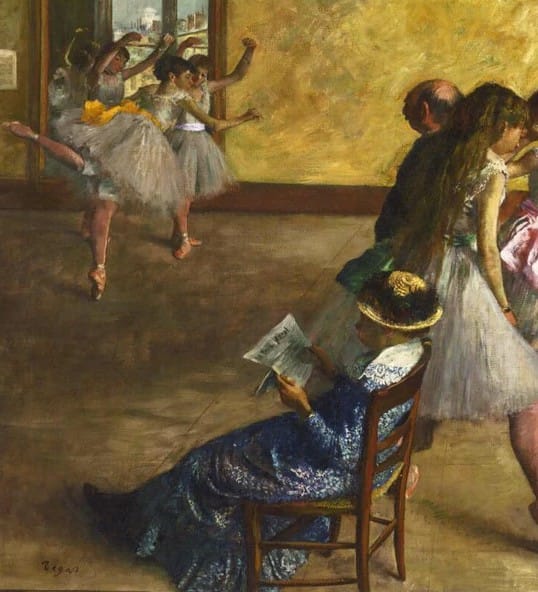
Impressionism’s Global Influence
The legacy of Impressionism is not confined to France. The movement spread across the globe, inspiring diverse interpretations.
- In the United States, artists like Childe Hassam and Theodore Robinson adapted Impressionism to American landscapes and urban life.
- In Japan, painters such as Kuroda Seiki merged Impressionist technique with Nihonga traditions, reshaping modern Japanese art.
- In India, the Bengal School and later artists like Amrita Sher-Gil were influenced by Impressionist aesthetics blended with indigenous themes.
Today, you can see echoes of Impressionism in countless styles—from digital art to contemporary plein air painting.
Impressionism in Museums and Culture Today
Impressionist paintings are among the most visited and beloved artworks in major museums. Institutions like the Musée d’Orsay in Paris, the Metropolitan Museum of Art in New York, and the National Gallery in London hold rich collections of these masterpieces.
Beyond museums, Impressionism has shaped fashion, advertising, and even cinema. The visual language of fleeting beauty, romantic city life, and sunlit landscapes continues to resonate.
Why the History of Impressionism Still Matters
The History of Impressionism is not just about pretty pictures. It’s about the right to artistic freedom, the power of community, and the courage to defy institutions. It teaches us that innovation often begins at the margins—by those willing to be misunderstood and mocked before they are celebrated.
The Impressionists opened the floodgates for modern art. Without them, there would be no Picasso, no Pollock, no Kusama. They made it okay to see the world not as it is, but as it feels.
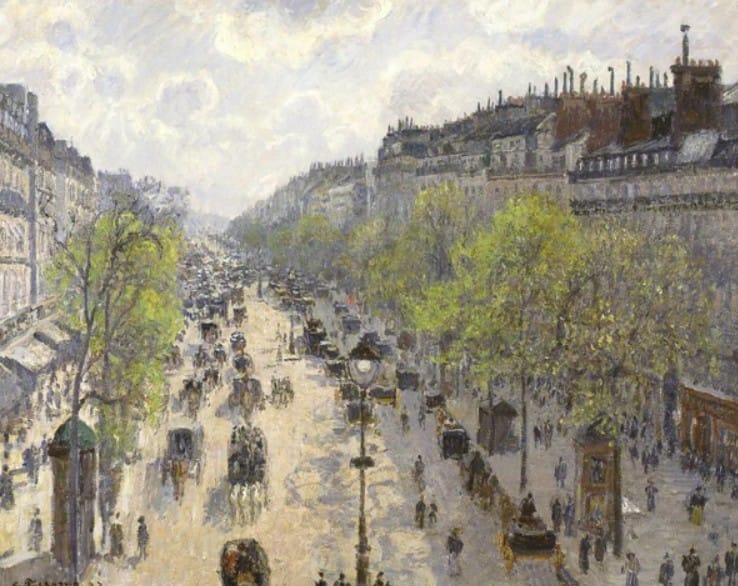
Impressionism’s Connection to Contemporary Art
Even in 2025, the ripple effects of Impressionism are visible in contemporary trends:
- Color exploration in digital and abstract art mimics Impressionist palettes.
- Loose, expressive brushwork remains popular in fine art and illustration.
- Outdoor painting and sketching have regained popularity in the form of travel journals and urban sketching.
- Light-focused installations in modern galleries continue Monet’s legacy of sensory immersion.
Contemporary artists also revisit Impressionist themes—everyday moments, nature, emotion—but reimagine them through technology, mixed media, and diverse cultural lenses.
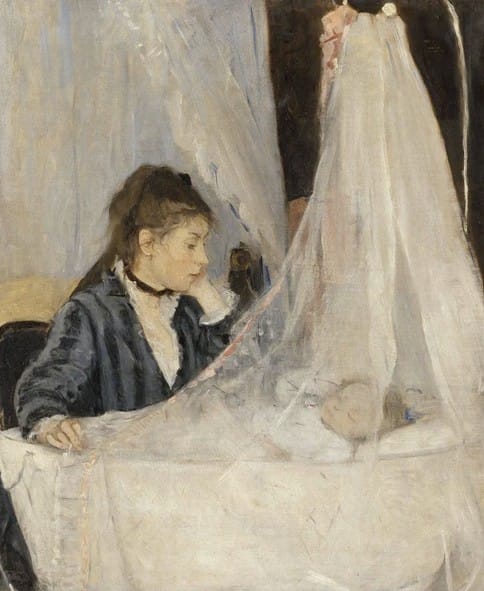
Conclusion: A Movement That Changed Art Forever
The History of Impressionism and Its Legacy is a testament to the enduring power of vision and persistence. From being mocked as amateurs to becoming icons of artistic excellence, the Impressionists forged a path for creative revolution.
Their willingness to embrace imperfection, focus on the present moment, and challenge authority has left an indelible mark on global art. They didn’t just change painting—they changed how we see the world.
Whether you’re an artist, collector, or enthusiast, learning about Impressionism is an invitation to see beauty in the everyday and to celebrate the courage of those who paint against the tide.
To explore authentic Impressionist collections, visit the Musée d’Orsay in Paris.
To discover modern artworks rooted in tradition, explore the exclusive painting collections at ISKUSS.
